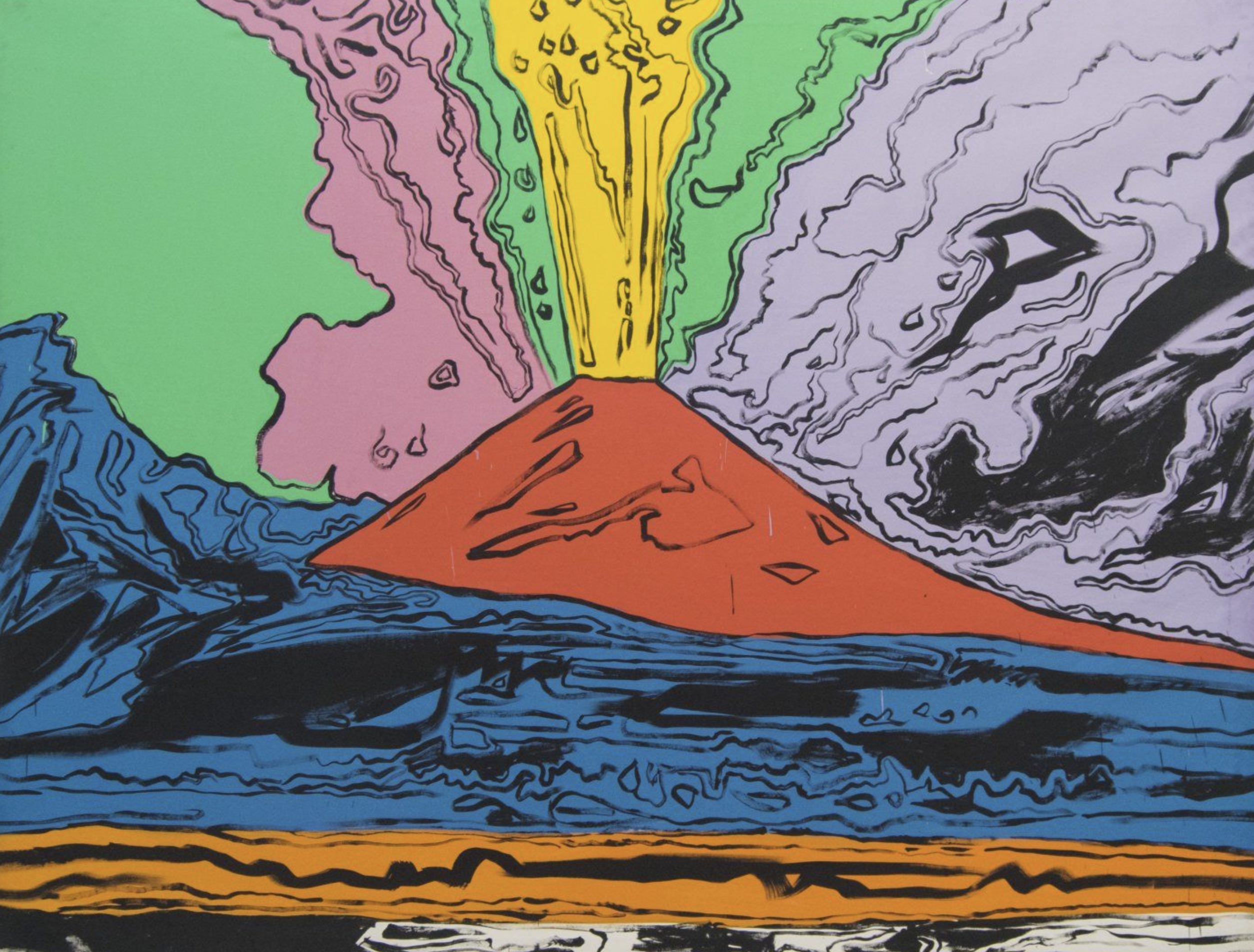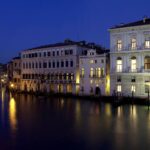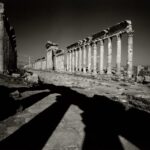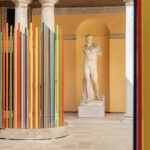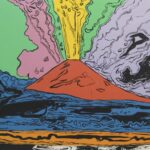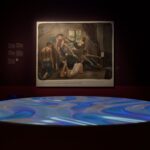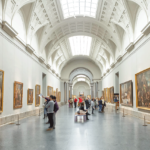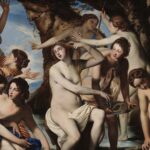Andy Warhol and Naples
Andy Warhol, American artist and founder of Pop-Art, visited Naples for the first time in 1975 at the invitation of Lucio Amelio, gallerist, collector and curator.
The two of them met in New York the year before and soon became friends, so that Warhol painted Amelio on his several silkprinting.
Warhol immediately grasped the charm of the city of Naples so much as to define it as the Italian New York, victim of the same decline but also of the same vitality.
Today, confirming the close link between the artist and the Neapolitan city, one of his most iconic artworks is kept in the Capodimonte Museum in Naples, depicting the very symbol of the city: Vesuvius.
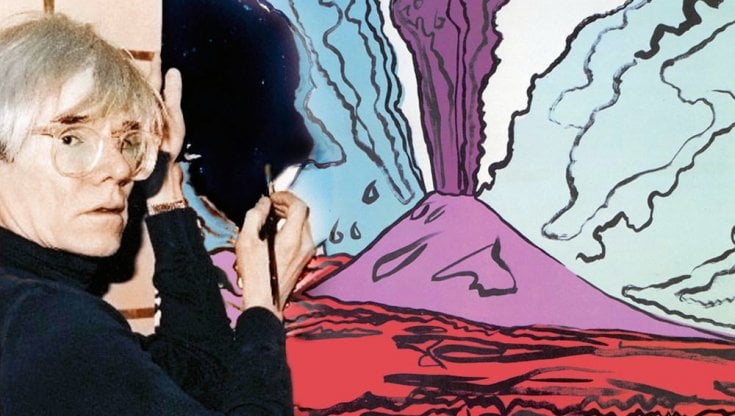
Vesuvius by Andy Warhol
The colorful Vesuvius by Andy Warhol was exhibited on the occasion of his personal exhibition entitled “Vesuvius by Andy Warhol” which was held at the Capodimonte Museum in 1985, commissioned and curated by Amelio himself.
Warhol following the aesthetics of Pop Art, characterized by bright and strong colors, reproposes the image of the volcano according to these new canons.
To create the artwork he took inspiration from a postcard and created eighteen editions, all made by hand, each of them with different colors and tones to immortalize the volcano at different times and look for the effect of its eruption.
The return to hand painting should not be underestimated: Warhol had already abandoned this technique for several years and reproposing it for the artworks dedicated to Naples certainly underlines an affection and greater emotional involvement.
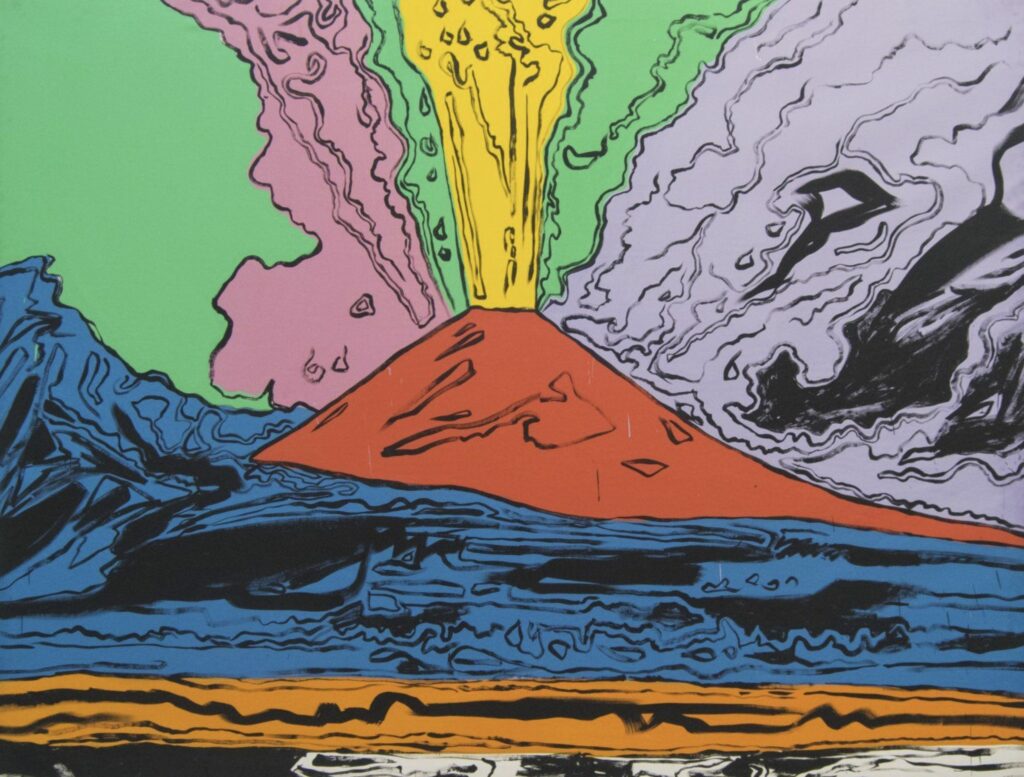
Why the Vesuvius
The artwork, which would be nothing but a stereotypical image of Vesuvius, acquires a new look thanks to the bright colors used by Warhol.
The extreme chromatic charge of the work is not accidental.
It is meant to be a metaphor both for the impetuous character of a city like Naples and for the destructive violence of which nature can be capable. This dualism was one of the main reasons why Warhol approached the Italian city artistically and decided to make it the protagonist of his art.
The artist borrows a recurring theme of the traditional iconography of Neapolitan landscape painting, previously already painted by great artists of the past such as Joseph Wright of Derby and JMW Turner and makes it Pop thanks to the vehemence of the gesture and the expressive power of the industrial colors that make the image of Vesuvio erupting a menacing and oppressive presence.




